Did you know Pike Awning has been in business and family owned since 1891?
Awnings have been used for centuries to provide shade, protect buildings, and enhance aesthetics. Their journey from simple fabric coverings to technologically advanced shading solutions showcases their timeless functionality and adaptability. Ancient civilizations, such as the Egyptians and Romans, first utilized woven fabrics to shield their homes and marketplaces from the sun, laying the foundation for awning design.
During the 19th century, retractable awnings became popular, offering homeowners and businesses greater flexibility. This innovation allowed for adjustable shade, making outdoor spaces more versatile. The mid-20th century saw further advancements with the introduction of synthetic fabrics like acrylic and polyester, which improved durability and resistance to weather conditions.
In today’s world, awnings have embraced high-tech features, including motorized controls, weather sensors, and energy-efficient materials. These modern advancements make awnings more convenient and sustainable than ever before. Customization options have also expanded, allowing for sleek, minimalist designs or bold, branded awnings that cater to both residential and commercial aesthetics.
Additionally, sustainability has become a key focus in awning development. Many modern awnings incorporate eco-friendly fabrics and energy-saving technologies to reduce environmental impact while maintaining style and function. The evolution of awnings demonstrates how traditional design can seamlessly integrate with modern innovations. Upgrade to a modern awning from Pike Awning and experience the perfect blend of history and cutting-edge technology!
